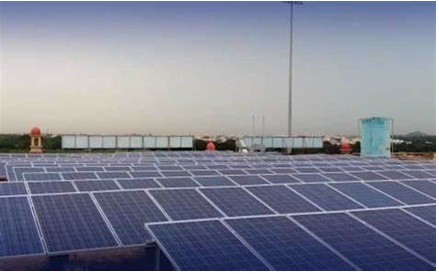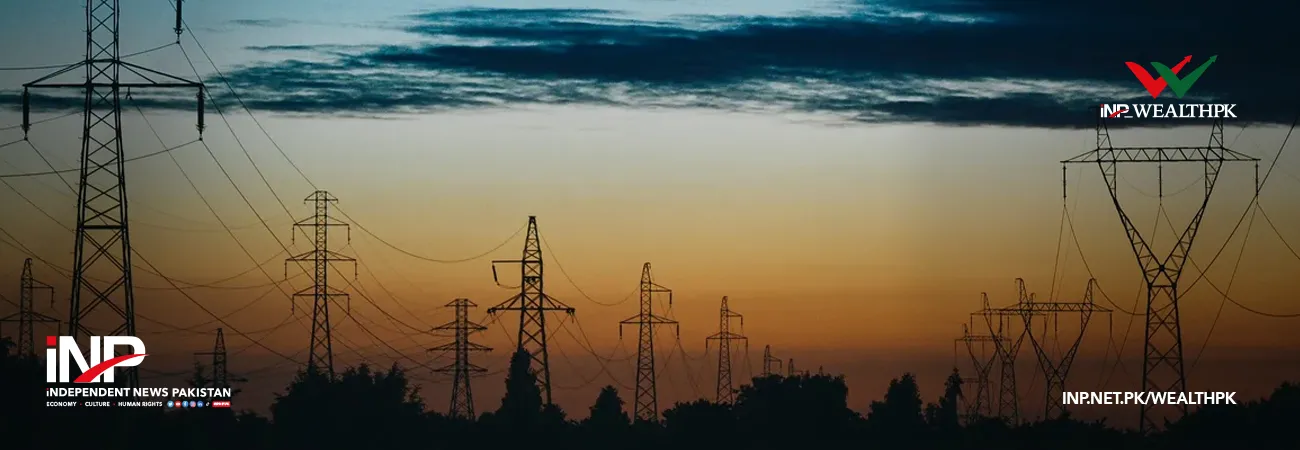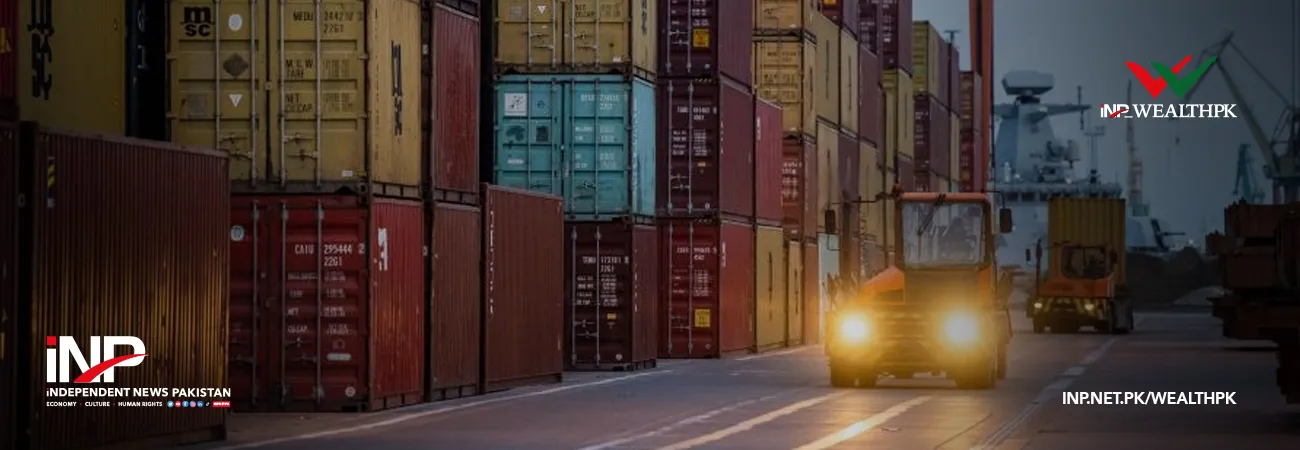INP-WealthPk
Amir Saeed
Pakistan has emerged as the world's largest solar panel importer. The increased tendency towards solarization has been driven by the grassroots demand for affordable energy amid frequent power outages, reports WealthPK.

According to a report by Ember, a UK-based energy think tank, the affordability of solar panels, particularly those from China, has accelerated this transition. Rooftop solar installations now play a significant role in Pakistan's energy landscape. This grassroots adoption underscores the economic viability of solar energy and offers a model for decentralized clean energy adoption in the Global South.
The report highlights Pakistan's unique position as a leader in solar imports, driven by necessity rather than policy. Speaking to WealthPK on the Ember Global Electricity Review 2025, Shafqat Hussain Memon, an energy researcher at the Mehran University of Engineering and Technology (MUET), called the development “a silent yet significant shift in the country’s energy landscape.”
“This solar surge is not driven by government-led utility-scale solar farms, but by households, commercial setups, and small businesses turning to rooftop solar to cope with long-hour power cuts, rising fuel costs, and unsustainable burden of backup diesel generators,” he explained. He said the rise in solar panel imports aligns with Pakistan’s growing energy crisis: a volatile mix of unaffordable electricity, persistent load shedding, and ballooning circular debt.
As the grid-reliant users — especially commercial and high-paying consumers — migrate toward rooftop solar for cost savings and reliability, the resulting grid defection is reshaping the economics of the power sector. “Distributed solar is rapidly decentralizing the power model. But this transformation, while empowering the consumers, is also eroding the revenue base of the distribution companies (DISCOs).
As high-consumption users exit the grid, the burden shifts to the remaining consumers, further compounding the tariff spiral and threatening the power sector’s sustainability,” he said. Memon lamented that the problem was further exacerbated by the country’s rigid power purchasing contracts and fixed capacity payments to the Independent Power Producers (IPPs). With reduced demand, capacity payments become increasingly unaffordable, deepening the circular debt — now exceeding Rs2.6 trillion. “We are at a tipping point.
Without regulatory reforms and a strategic demand-side response, this distributed energy revolution could destabilize the grid further,” he warned. He stressed that managing this shift requires more than just regulating the solar growth — it also demands creating new avenues of electricity demand, particularly through the industrial and productive use, to ensure grid stability and revenue retention.
He highlighted that even as rooftop solar expands in urban centers, deep-rooted issues of energy inequity and access remain unaddressed. “According to the 2023 Census, 15.3% of households in Pakistan still lack access to electricity. Even among the 84.7% connected to the grid, power reliability remains a pressing issue. In this context, solar energy is increasingly filling the gap, but the adoption patterns point to persistent structural challenges,” he explained.
Drawing on Gallup Pakistan’s survey, Memon noted that approximately 4 million households (7.4%) now report using solar energy, with adoption rates significantly higher in underserved rural regions — 31.4% in Balochistan, 20.7% in Sindh, and 13.2% in KP. “These rural households are largely off-grid and rely on standalone solar systems to meet their basic energy needs. This is not driven by financial incentives or environmental motivations, but by necessity,” he emphasized.
“In such contexts, the net metering reforms are functionally irrelevant. These consumers are not feeding into the grid but consuming solar energy solely for self-reliance without public supply.” In contrast, solar adoption in urban areas remains comparatively low — just 5.7% in Balochistan, 3.2% in Sindh, and 2.4% in KP — despite policy incentives. “This data reveals a deeper issue of energy inequity.
While the grid-connected urban users may benefit from policy tools like net metering, a large population in rural and remote regions remains trapped in energy poverty. These are the communities left behind by the grid and policy design.” He called for reorienting the national energy strategy to address these disparities.
To close the energy access gap and build long-term resilience, we must prioritize decentralized, community-driven energy models — such as community microgrids based on public-private partnership models (PPP) — alongside targeted financing and institutional support. Ensuring equitable access is not just a moral imperative but a policy necessity.
“Solar is no longer an environmental choice; it is now an economic survival tool. But if we want this momentum to contribute meaningfully to long-term energy security, affordability, and climate goals, we must urgently adopt an integrated reform-driven policy framework — one that aligns the distributed energy growth with grid modernization, sectoral efficiency, and inclusive energy access.” The solar boom and falling battery prices can be a game changer in Pakistan's clean energy future.
Microgrids can now bring clean, reliable power to the areas the grid can’t reach, making energy more local, equitable, and resilient. This development marks a significant forward in creating a just and sustainable energy future. In conclusion, Memon emphasized that Pakistan’s energy transition must not remain reactive or fragmented.
Credit: INP-WealthPk













